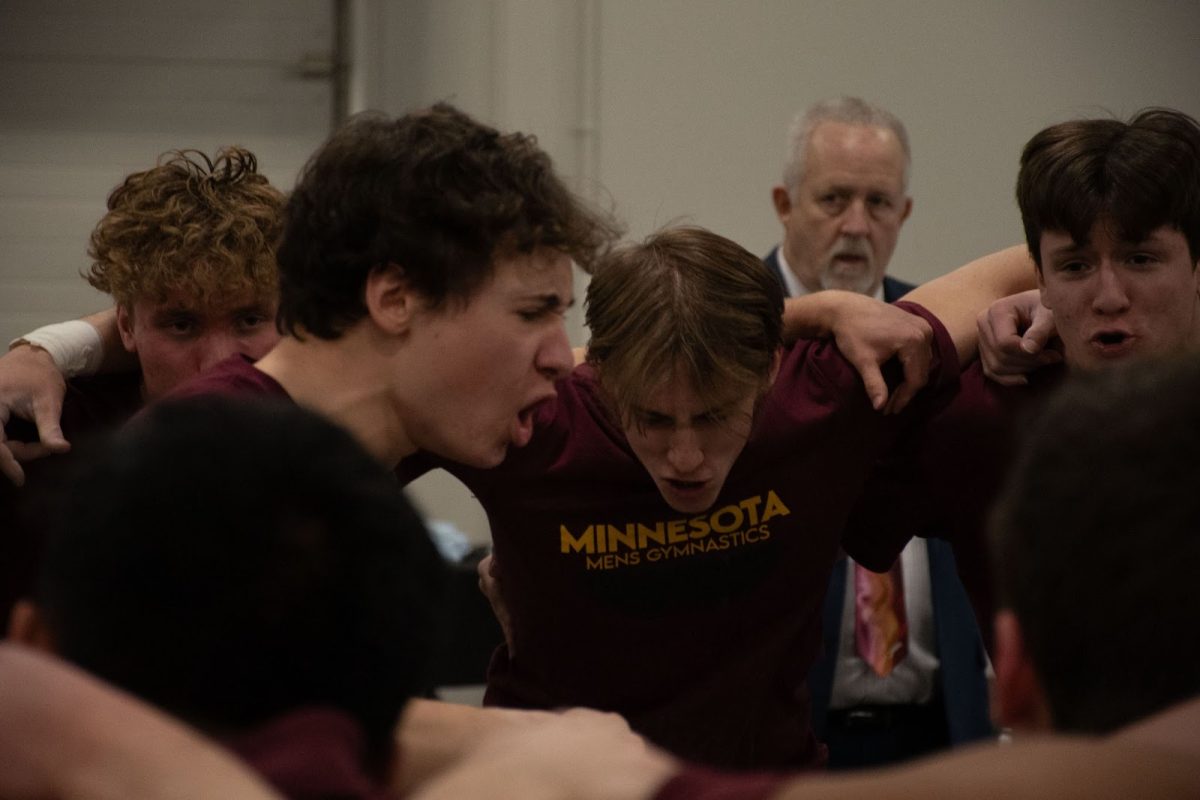A rough year of negative exposure and policy changes may have put some stress on greek leadership, but the community itself is growing larger.
Enrollment at the University of MinnesotaâÄôs fraternities and sororities has reached 1,822 students this academic year âÄî the highest itâÄôs been since 1991.
The community remains the smallest in the Big Ten, with the University of Iowa ranking as the next smallest with about 2,200 members. But Chad Ellsworth, program director for the Office for Fraternity and Sorority Life, said the numbers have been growing steadily, and the gains made over this decade are “quite impressive.”
This is not the first time enrollment reached current levels, as greek presence at the University has fluctuated over the years.
Though never large, the community had a sudden decrease in the early 1990s.
Ellsworth said the records from that time are spotty, and he doesnâÄôt know the reason for the drop but said it could have been caused by a high turnover in the greek advising position, the job he has held for roughly seven years.
Amelious Whyte, chief of staff at the Office for Student Affairs, said another reason could be past University administrationsâÄô lack of support for the community due to concerns about liability issues.
“The further away we kept them, the better it was for the institution,” Whyte said.
But he said in recent years, the OSA has put far more emphasis on engaging the greek organizations as part of a partnership between the community and the University.
One of the examples of the partnership, Whyte said, is the work the Interfraternity and Panhellenic councils have done with the Office of Orientation and First-Year Programs.
Welcome Week, organized by OFYP each year as part of orientation, has been the biggest recruitment tool for the community, IFC Vice President of Recruitment Chuck Seymour said.
He said establishing relationships with potential members is hugely important in the recruitment process, and Welcome Week provides a chance for that.
Megan McMurray, president of the PHC, said the council and the IFC work together to endorse the greek community as a whole, but the recruitment process differs for fraternities and sororities.
While fraternities have varying enrollments in their chapters and a good portion of recruitment is done by individual chapters, McMurray said sorority enrollment is more regulated.
Sororities strive to have about 86 members each, she said. Based on that number and the number of women at the sorority at a given time, a new member quota is determined.
The process is based on a national standard. One of the reasons is to balance the number of members among sorority houses, of which there are fewer than fraternity houses.
“We donâÄôt want one house to be really big, and one really small âÄî weâÄôre a community,” McMurray said.
The PHC recruitment team uses Facebook and Twitter as part of its promotion strategy, but the main focus is not simple exposure.
Recruiters are looking to educate the potential recruits to ensure all new members are aware of what it means to be a member of the greek community, McMurray said.
Seymour said greek organizations are a great way to create connections within the University and make life-long friends, but it comes with certain responsibilities.
“We want guys who are interested in developing as a leader or as a gentleman in society,” he said.
Not all of the people who apply to be a member are aware of those values, Seymour said.
Ellsworth said there are individuals who perpetuate certain negative stereotypes associated with fraternities and sororities, and overcoming those “is the biggest hurdle” in promoting the community.
There are logistical concerns that come with a larger greek enrollment.
Whyte said that as the enrollment increases, the University will have to deal with the question of resources.
Currently, OFSL has one staff member and two student assistants. The University lacks resources to add more staff if the community became much larger, Whyte said.
Housing is also an issue.
Most chapter houses canâÄôt fit any more people than they already have, Whyte said. This could be a deterrent to possible new recruits, as most students are interested in living at the organization when they join.
Whyte said the administration is looking at possible solutions, including providing housing through the new residence hall the University is planning at 1701 University Ave. SE.
Meanwhile, greek membership rates continue to grow undeterred.
Ellsworth said there are two new fraternities on campus that are in an expansion mode, meaning they are in the process of recruiting and have yet to become official chapters of a national organization.
Seymour said both groups have been doing well, and he hopes their presence is a sign that the community is only going to get larger.









